If you ask a coffee geek what are the indicators of good coffee beans, they’ll definitely point out the importance of freshness, type of roast, region and processing. As far as we can intuitively guess what the first three indicators are, processing may be hard to grasp. What is the mysterious washed/natural about? Can the same coffee have completely different flavours? Read on to find out.
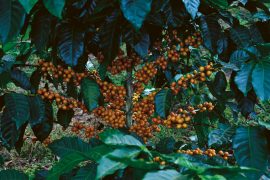
Before coffee gets to your favourite mug it has a long way to go. Coffee is fruit and just like apples, tangerines or raspberries, it must be harvested first. A coffee cherry picked from a coffee shrub contains a seed, commonly called a bean, which needs to be extracted and turn into a small brown flat-sided stone that we all know. To do it, first you need to get rid of the skin and pulp. Simply put, coffee processing starts immediately after picking the coffee cherries. On the first stage of processing you get to the seed, that is you remove the pulp and then the yield undergoes natural processes. With the development of specialty segment, new and more extreme methods of coffee processing are created. This article focuses on the most popular processing methods.
It is worth knowing that the chosen coffee processing method has a very large influence on the quality and taste of the brew which you will eventually make from it. Very often the type of processing does not depend on the personal preferences of the farmer or roaster, but on the possibilities of the specific coffee producing region. The cheapest and most cost-effective solution is natural processing, which requires no water use. It is of particular importance in the case of coffee production in countries with water deficit.
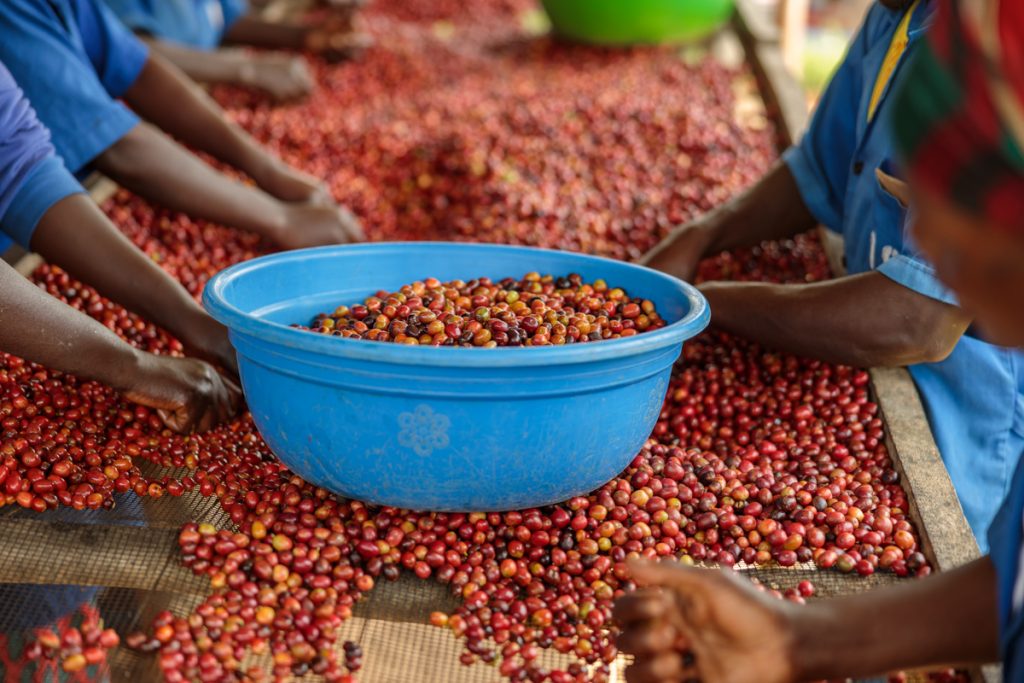
What Is Natural Coffee Processing?
Natural processing, also called dry processing, comes from Ethiopia and Yemen, the cradle of coffee. Mature coffee cherries are picked from the shrubs and then placed on dedicated tables or large in the open sun – this is where fermentation begins. On stage one, red coffee cherries are turned into raisins, the moisture of the fruit drops from 60% to even 11-12%. Every few hours the fruit is stirred and tossed. The bottom layer ferments, the top layer gets dry and then the other way round. The cherries can lie on such a plate even up to 30 days. When the moisture level is already very low, a special tool is used to extract the beans from the pulp. Husker, the said tool, works like a big destoner. On one side you place fruit, which are later pressed through special holes that separate the beans from the rest. The destoned seeds with silver skin get to a dry mill, where there are sorted according to density, size and defects. Coffee processed in this way can be stored up to several years without losing quality. Natural processing is the oldest and most time-consuming coffee processing method. Dry processing results in intense, fruity flavour profile, which reminds of fruit preserves. As water is not used, the beans are not rinsed, which may result in coffees with dirty aftertaste. However, at this moment dry processing on specialty coffee plantations has been perfected and is very popular.
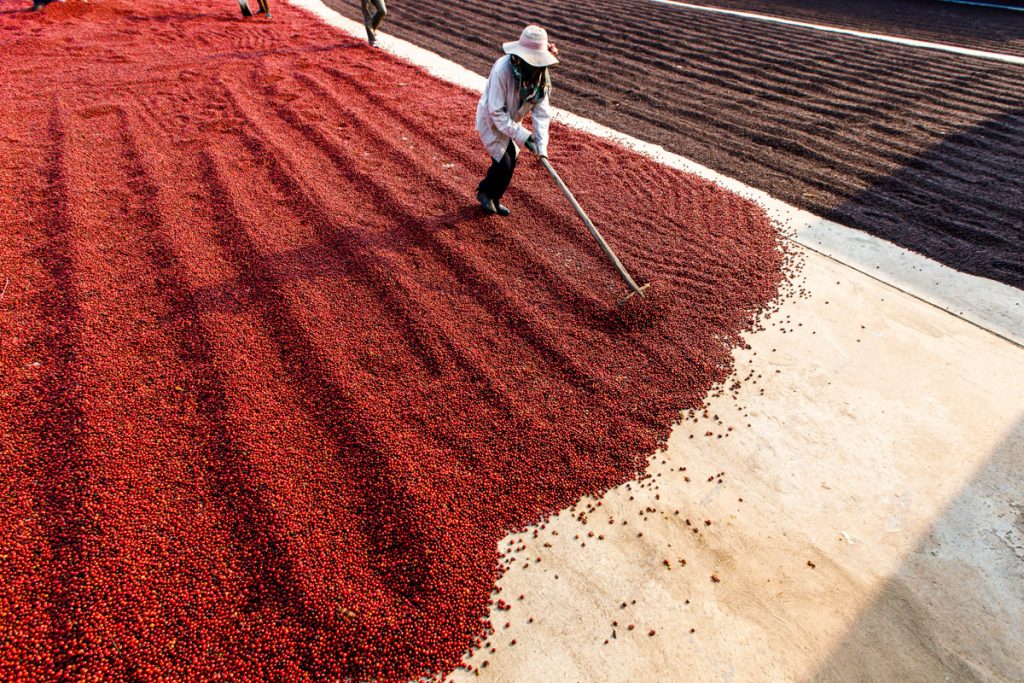
Washed Processing – How Does It Influence Coffee Flavour?
Washed processing is definitely a more expensive, but also more modern coffee processing method. It allows for more modifications and control over the beans. This processing method gives coffee a fuller, more noble flavour. Coffee pickers bring coffee to the water-propelled mill. Then the coffee cherries go through the maze of various narrowings and containers. The whole process is mechanical and gravity-based, to make it the most cost-efficient. The areas where coffee grows and then is processed are generally mountainous. Hence, cherries fall into the containers which are placed on a lower level. First, they get from the sacks to a concrete tank, which resembles a huge bathtub. At the bottom of this tub there is a small valve, an opening tunnel. This is where the cherries are washed into the first container with water, where the heavy cherries fall to the bottom and the lighter cherries (the so-called floaters) are immediately dropped to a lower quality batch, which will be sold at the local market. At the bottom of the container there is a de-pulper, which consists of discs through which the cherries flow. The distance between the discs makes the cherries fall apart and lets the beans through. The beans, still with some attached pulp, go to the sieve, which makes sure that no little cherry is being pushed through. After being sieved, coffee gets into the container with wet fermentation (resulting in fully washed coffee) or dry fermentation (washed coffee). Fermentation in the container changes the pulp’s structure, the beans get cleaned. Then, the beans meander to the patio, where the workers manually clean them from residue. At the end there is another divider, which lets through all the beans which float on the surface (worse quality). Then the divider is lowered, letting through everything that is in the middle part (average quality, for local use). What’s left at the very bottom, what flowed at the end are the dense, top quality beans which get to the patio. Here, like in dry processing, coffee is dried, but it lasts only from 5 to 14 days and can also take place in the shade. This type of processing allows for greater control and modification of the sensory profile of coffee. Additionally, thanks to water use, ‘washed’ coffees have a more delicate, more noble sensory profile, with more intense acidity than dry-processed coffees. Most specialty coffees are washed.
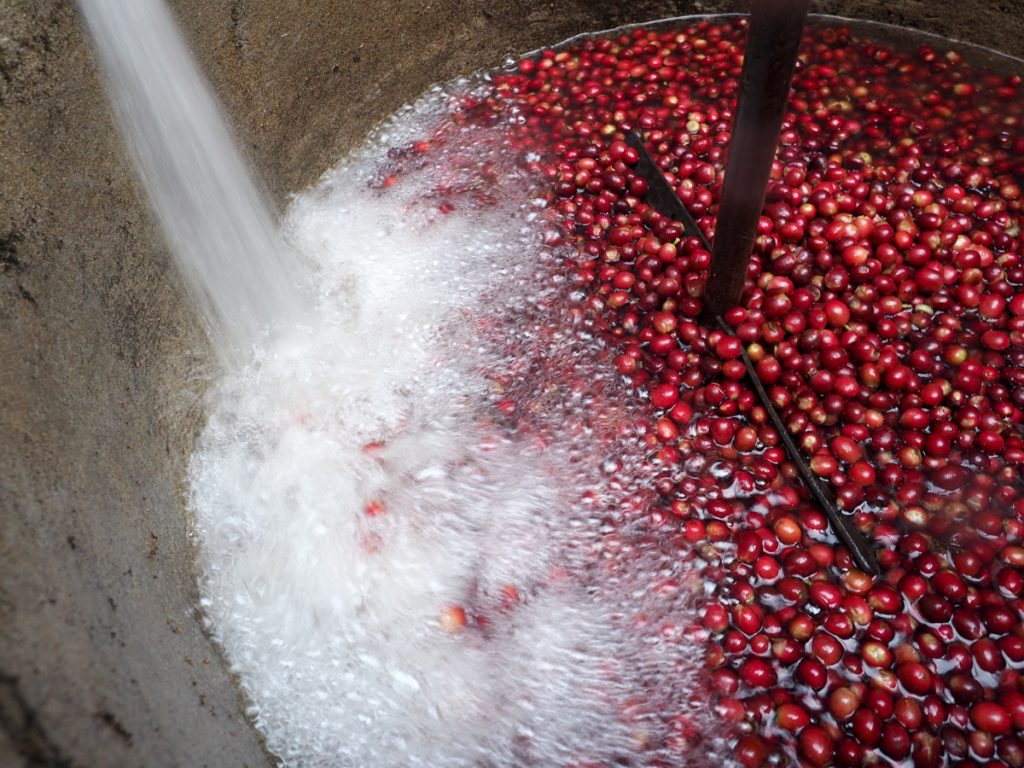
Coffee Production: Are There Other Processing Types?
Coffee industry is always looking for new, more effective solutions: the same goes with coffee processing. Pulped natural is a method that comes from Brazil and is most popular there. In this method you can use all variations between natural and washed. You leave a bigger distance between the discs, which means more pulp on the coffee beans. After drying turns into a sticky rim, which justifies its common name: honey. This way, you get the following versions, starting from those that contain the least pulp: white honey, yellow honey, red honey and black honey.
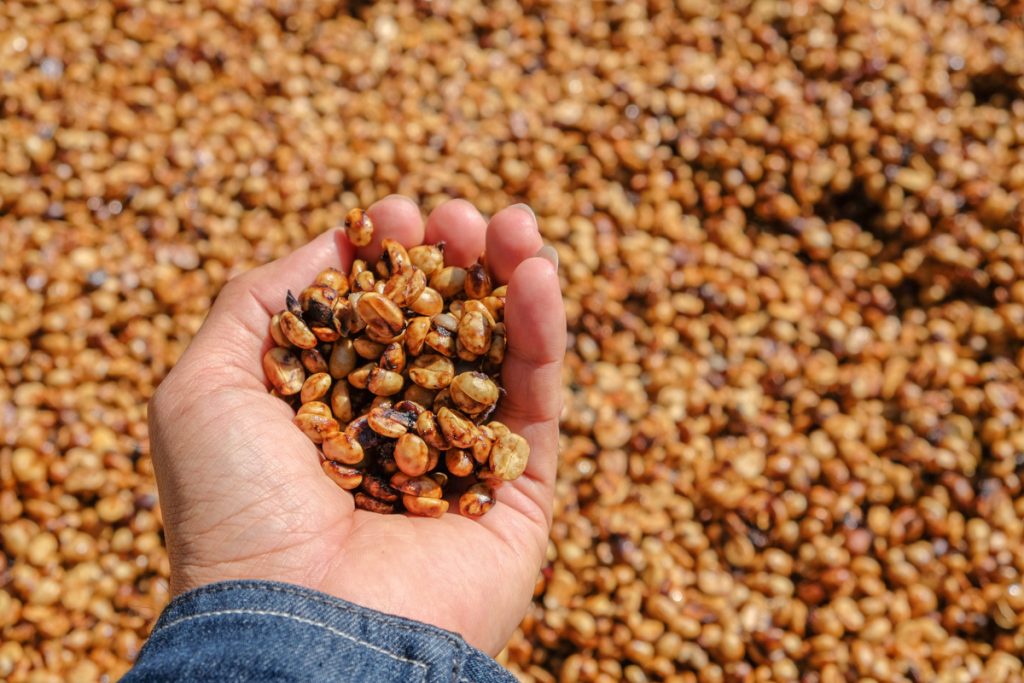
However, every farmer has their own definition and understanding. In the case of natural and fully washed processes we know exactly what to expect. With pulped natural, you get quite a surprise at your first encounter with a given coffee. This method results in highly sweet coffees, very fruity profile and mild, sweet acidity. It is also more repeatable than dry processing and results in a heavier body than washed processing. You can also come across new and fascinating processing methods at the World Barista Championship. The competitors do everything in their power to surprise the sensory judges. For example, they present extraordinary coffees with innovative processing methods. One of them is Washed Carbonic Maceration, that is a method originating from the wine industry. Its pioneer was Jules Chauvet, a winemaker and chemist from Beaujolais region. In the case of coffee this method consists in placing the coffee cherry inside a steel container, which is then tightly sealed. Then the container is saturated with carbon dioxide, which, being heavier and denser than oxygen, pushes it through the vent, keeping fruit in an anaerobic atmosphere. As a result it is possible to prolong fermentation without the risk of taste defects. Fermentation in low temperatures translates into more complex acidity, and in high temperatures – into higher sweetness and body. Coffees processed with this method will have notes of ripe fruit: strawberries, raspberries, tropical fruit of bubble gum. Next, there are such methods as: Lactic Fermentation (adding bacteria to the processing) or Acetic Fermentation, which allow under controlled conditions to obtain higher concentrations of lactic acid or acetic acid. All anaerobic processing types are also gaining popularity. The fruit is put into a de-pulper. Then the separated beans are placed in a vacuum-sealed fermentation chamber. Then, the pulp and the parts of fruit which obtained separately from de-pulping are added. The chamber is closed and oxygen is sucked out. The process takes about twenty hours. Over this time, thanks to carbon dioxide resulting from fermentation, the pressure in the chamber increases. Reactions must be stopped before the onset of alcohol production resulting from the progressing fermentation. The result is creamy texture in a cup, with higher, unparalleled acidity and cinnamon notes.
Given all that, while choosing coffee you should know what affects its taste, and this is mainly the processing method. The world of coffee is vast and diverse. You have just learned the most popular and common methods. However, this is definitely not the end!
Coffee farmers from various parts of the world are constantly developing their own ways of processing coffee cherries. What will happen next? Can coffee taste differently without being flavoured? Time will tell and we definitely won’t wait long!





